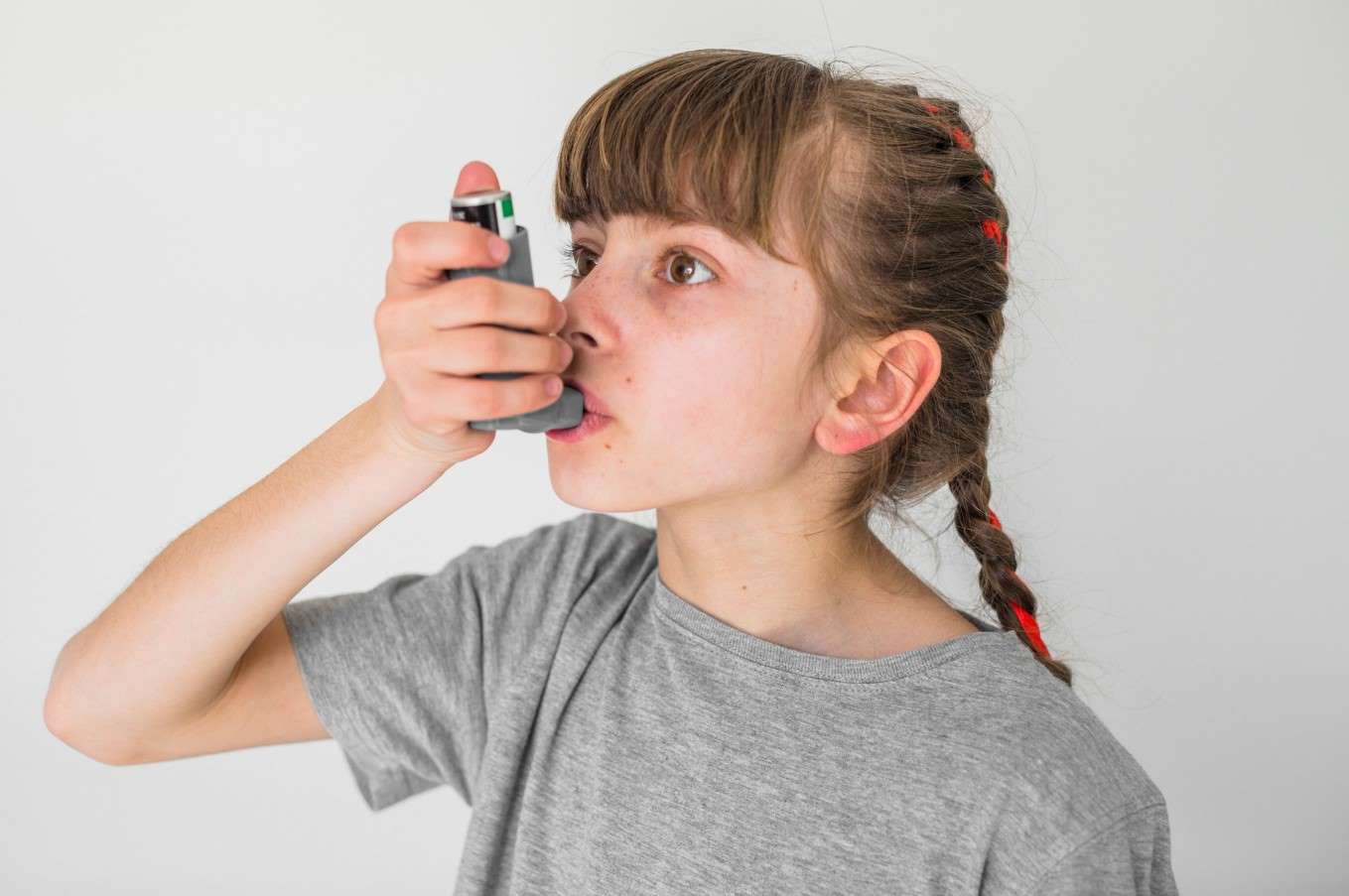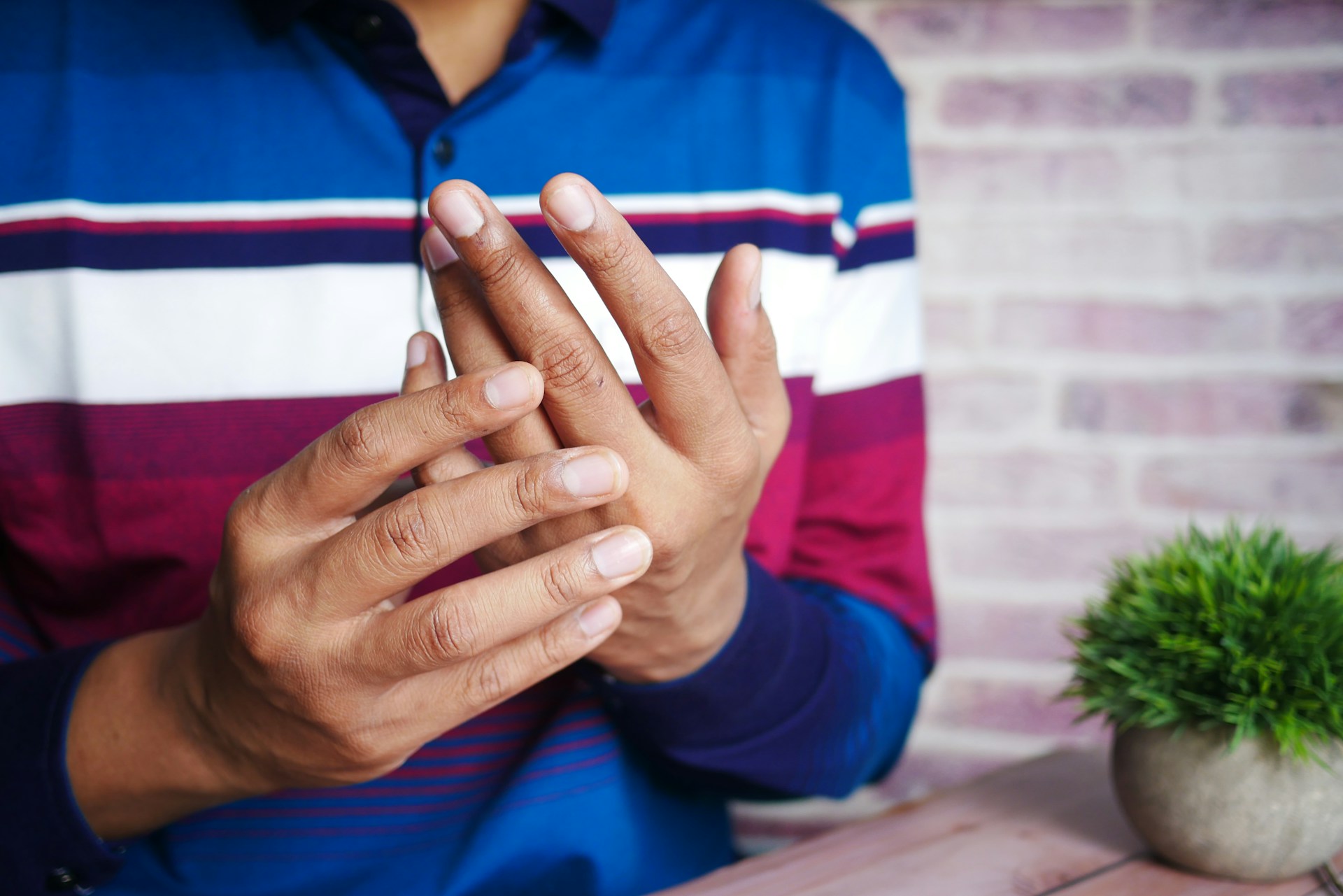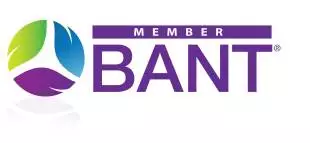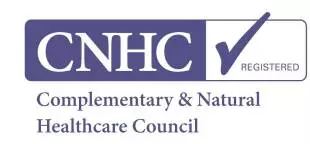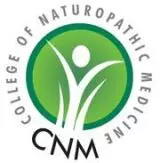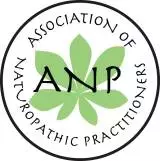TEL:
07366693154




“Cultivate the habit of being grateful for every good thing that comes to you, and to give thanks continuously. And because all things have contributed to your advancement, you should include all things in your gratitude.”
― Ralph Waldo Emerson Tweet
Gratitude is the emotion that relates to our ability to feel and express thankfulness and appreciation for anything that impacts our lives, no matter how big or how small.
The word gratitude comes from the Latin root gratus, meaning “pleasing; welcome; agreeable.” Gratus is also the root of terms such as grace, gratuity and gratis, all signifying positive moods or states.
Religious groups and spiritual communities have continuously, through the ages, spoken of the power of gratitude and more recently, the scientific community has started to turn their heads toward gratitude and the impact that it has on health.
In this article, we explore the scientific research, look at the benefits and discuss the ways in which you can use the power of gratitude to boost your health.
The leading scientific expert on gratitude, Dr. Robert A. Emmons, defines gratitude as having two parts: “(1) affirming goodness in one’s life and (2) recognizing that the sources of this goodness lie at least partially outside the self.”
From a biochemical perspective gratitude has been shown to boost the neurotransmitters dopamine and serotonin and the hormone oxytocin, all associated with wellbeing and having a positive outlook on life.
Let’s take a look at the research and see what they have to say about gratitude.
A brain-scan study in 2015, looked into the impact of gratitude on people with anxiety and depression. Half of the group simply attended weekly counseling sessions while the other half completed a gratitude exercise, such as spending 20 minutes writing a letter expressing gratitude to someone.
The study also showed that two weeks after writing gratitude letters, the group reported feeling more grateful than the control group, but they also showed more gratitude-related brain activity months later in the frontal,parietal and occipital regions of the brain. This suggests that gratitude is self-sustaining; the more you use and experience gratitude, the more you’ll notice situations where we feel thankful.
There have been several studies which have looked into the impact of gratitude on stress levels. We know that stress is one of the major causes of ill health in today’s modern society and intuitively it makes sense that practicing gratitude will help lower stress levels.
A gratitude study by Southwell and Gould in 2017, assessed participants who were in a distressed state (suffering with anxiety, depression, high stress levels, etc.) After completing a 3 week gratitude diary participants reported lower scores on depression, anxiety, stress, and perceived sleep difficulties and higher scores on subjective well-being. After a 3-week follow-up of these patients anxiety scores had not only been maintained but had improved.
A 3 month gratitude study by Chang focused on health care practitioners who often experience high levels of stress. This study showed similar results and confirmed that taking stock of thankful events is an effective approach to reduce stress and depressive symptoms among health care practitioners.
A gratitude study by Redwine in 2016, looked at specific inflammatory biomarkers in the blood (CRP, TNF-α, IL-6, and sTNFr1), before and after an 8-week gratitude journaling intervention, with patients who had heart disease. At the end of the study they found the inflammatory biomarkers had reduced significantly and increased parasympathetic Heart Rate Variability (which implies lower stress levels) while completing the gratitude journaling.
The gratitude intervention study looked at assessing sleep quality and sleep disturbance after practicing gratitude. In summary, they found that daily sleep quality improved moderately, but significantly to a greater extent following 2 weeks of gratitude journaling compared to the control group who did nothing. This indicates that practicing gratitude has a cumulative effect where the benefits get stronger the more you practice gratitude.
The study also shows that gratitude exercises helped lower blood pressure but did not impact on cortisol levels.
In an interesting gratitude study by Yu et al. (2016), healthy college students were exposed to a pain experiment, in which they interacted with an anonymous partner that either intentionally (gratitude condition) or unintentionally bore part of their pain. Participants had to rate their perceived pain intensity and the closeness toward the partner, and/or express reciprocity by transferring an amount of money. Pain was perceived as less intense when receiving help was interpreted as intentional (with gratitude), relative to the help being unintentional.
Looking at all the different research studies here is an overview of the benefits of gratitude:
Other benefits which are not directly health related but most definitely contribute to our overall health and wellbeing are:
We can all remember times in our life when we have felt high levels of gratitude maybe because of a special moment or occasion. It is important to use these memories as a reference point for feeling gratitude. As an exercise for you try out on your own, write down in a journal (so you can access them easily) all the key moments when you’ve felt high levels of gratitude. For each of these memories focusing on the emotion of gratitude and make a note of the following:
By doing so you are helping yourself tune into the vibration of gratitude and magnify the benefits of this emotion in your body.
Gratitude is an emotion that we should aim to feel everyday in our lives. The are some key is tips to integrate into your daily rituals, to help you feel gratitude frequently:
Research has shown the ‘gratitude journaling’ is an effective way of nurturing this emotion. Listing 3 positive experiences and things to be grateful for during the day. The journal can be done at the end of day as a recap of the day; try to list at least 3 positive experiences from the day. Examples include taking notice of something in nature, an object of beauty, a pleasant conversation with a friend, a good cup of coffee or helping someone with a problem.
When we think about gratitude, often people try to find the big things in their life to be grateful for, for example, a roof over their head, a job, etc. But how about being grateful for the small stuff? The everyday things that we simply don’t notice anymore are all around us important to our wellbeing. Fresh air, a bed, books, water, sunshine are a few examples but make them personal to you. This point is also useful for gratitude journaling mentioned above.
Often it can be saying thank you to someone who has helped you that helps you remain in a thankful state of mind. If someone opens the door for you, gets you a glass of water or helps you with a certain task; these are perfect opportunities to say thank you. It can be saying grace before having a meal or simply when you are by yourself and you want to say thanks to a higher power for where you are in life.
If you want to take this further, write a letter/email of thanks to someone who has made a difference in your life – give it to them in person if possible. Even better write a letter to yourself writing down what you appreciate about yourself.
Share:
